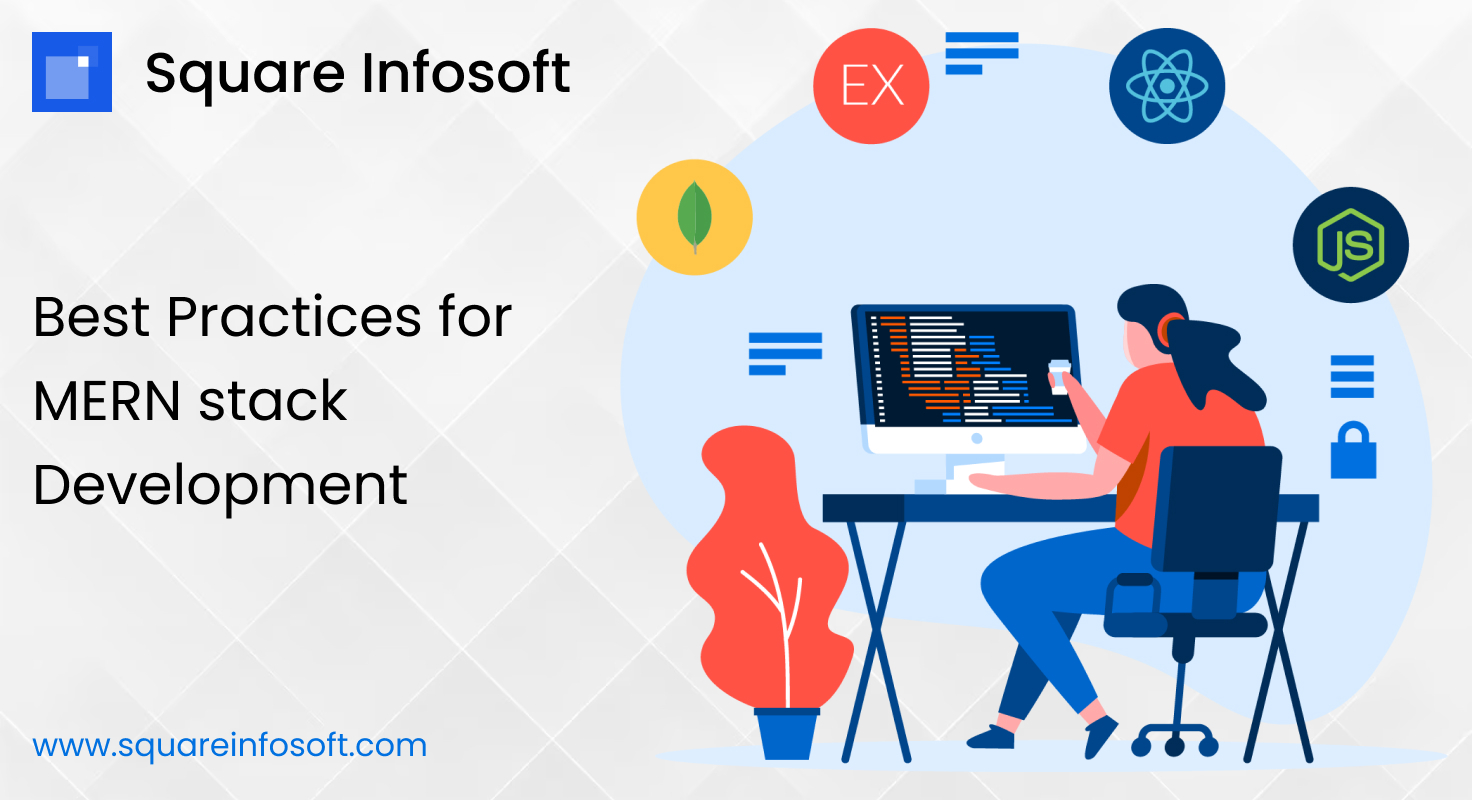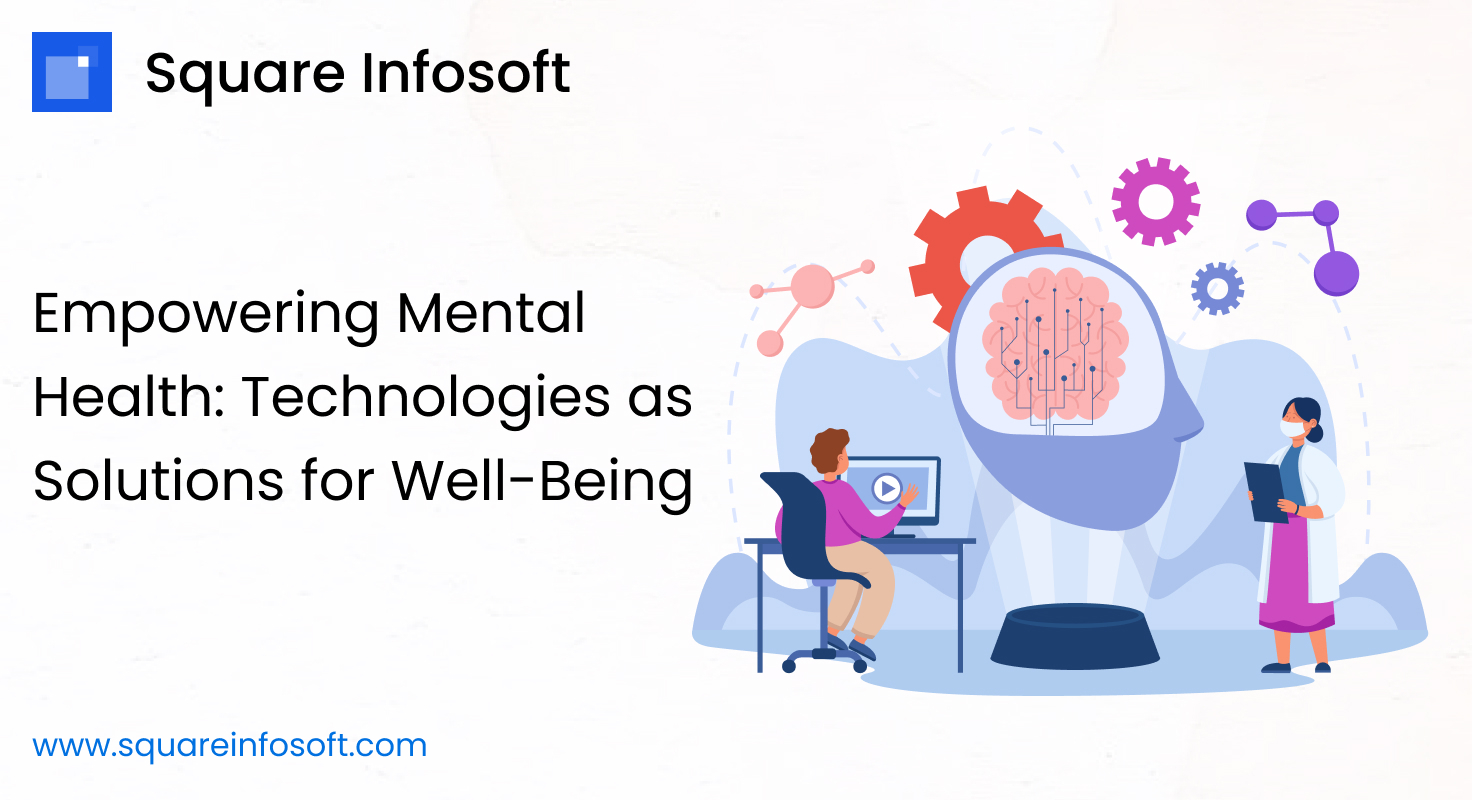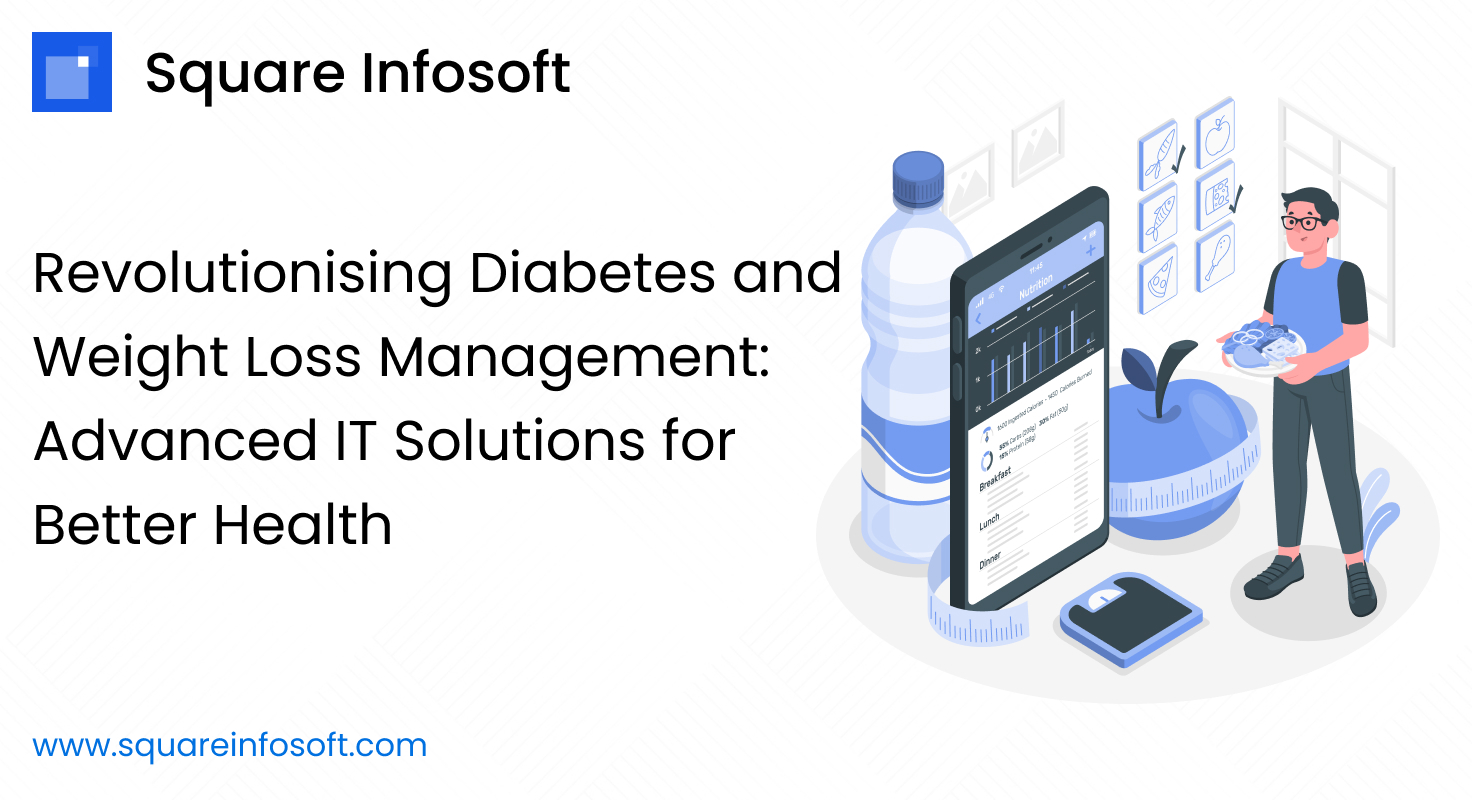When it comes to Android app development, there are several best practices you should follow to ensure the quality, performance, and maintainability of your application. Here are some key best practices to keep in mind:
- Use the latest SDK versions: Always target the latest Android SDK version available to take advantage of new features, optimizations, and bug fixes. Additionally, keep your development tools, libraries, and dependencies up to date.
- Follow the Material Design guidelines: Google’s Material Design provides a set of design principles and guidelines for creating visually appealing and user-friendly Android apps. Adhering to these guidelines ensures consistency and familiarity for users.
- Optimize app performance: Performance is crucial for a good user experience. Optimize your app’s performance by using efficient algorithms, reducing unnecessary computations, and optimizing memory usage. Minimize network requests, disk I/O, and battery consumption.
- Responsive UI design: Design your app’s user interface (UI) to be responsive and adaptive to different screen sizes, resolutions, and orientations. Utilize appropriate layout managers, support multiple screen densities, and provide alternative resources for different configurations.
- Follow coding conventions: Maintain clean and readable code by following established coding conventions. Use meaningful variable and method names, proper indentation, and consistent formatting. Adhere to the Java/Kotlin coding style guidelines for Android development.
- Modularize your code: Break your app into modular components to improve code organization and reusability. Utilize design patterns like MVC (Model-View-Controller) or MVVM (Model-View-ViewModel) to separate concerns and promote code maintainability.
- Properly handle background tasks: Perform long-running or resource-intensive tasks in the background to prevent blocking the main UI thread. Use AsyncTask, Loaders, or background threads to handle such tasks. For more complex scenarios, consider using libraries like RxJava or Kotlin coroutines.
- Secure data storage: Protect sensitive user data by implementing secure storage practices. Utilize Android’s built-in data encryption mechanisms, such as SharedPreferences for small amounts of data and SQLCipher or Realm for secure database storage.
- Test thoroughly: Adopt a comprehensive testing approach to ensure your app’s stability and functionality. Utilize unit tests, integration tests, and automated UI tests using frameworks like Espresso or Robolectric. Additionally, consider running tests on different devices and Android versions.
- Handle device compatibility: Android runs on a wide range of devices with varying specifications and capabilities. Test your app on multiple devices to ensure compatibility and handle edge cases gracefully. Use feature detection and fallback mechanisms for devices lacking specific features.
- Optimize battery consumption: Battery life is a significant concern for mobile users. Optimize your app to minimize battery drain by reducing network usage, optimizing background tasks, and using energy-efficient APIs. Use tools like Battery Historian or Android Profiler to identify power-hungry components.
- Handle memory efficiently: Android devices have limited memory resources. Avoid memory leaks by managing object references properly and releasing resources when they are no longer needed. Use tools like Android Profiler or LeakCanary to detect and fix memory leaks.
- User feedback and analytics: Incorporate user feedback mechanisms within your app to gather insights and improve user satisfaction. Utilize analytics tools like Google Analytics or Firebase Analytics to track user behavior, app usage, and performance metrics.
- Keep accessibility in mind: Ensure your app is accessible to users with disabilities. Follow Android’s accessibility guidelines to make your app usable for individuals with visual impairments, hearing impairments, or motor disabilities.
- Secure network communications: Protect user data during network communications by using secure protocols like HTTPS. Avoid transmitting sensitive information over unsecured connections and implement appropriate encryption mechanisms.




